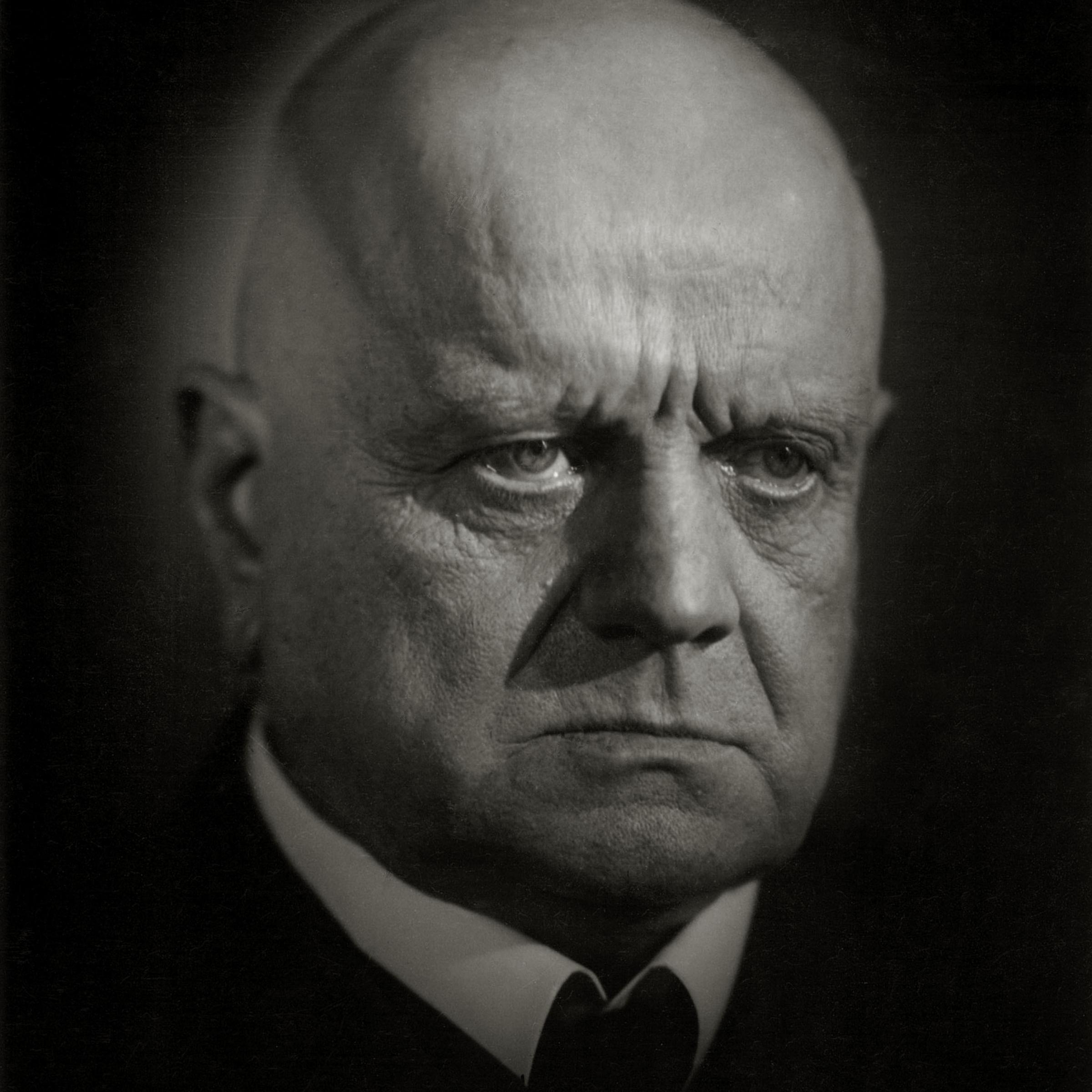

He participated in trios with his elder sister Linda on piano, and his younger brother Christian on the cello. He later turned to the violin, which he preferred. He progressed by improvising on his own, but still learned to read music. Hämeenlinna was where I went to school Loviisa was freedom." It was in Hämeenlinna, when he was seven, that his aunt Julia was brought in to give him piano lessons on the family's upright instrument, rapping him on the knuckles whenever he played a wrong note. In his own words: "For me, Loviisa represented sun and happiness. įrom an early age, Sibelius showed a strong interest in nature, frequently walking around the countryside when the family moved to Loviisa on the coast for the summer months. For Sibelius, Uncle Pehr not only took the place of a father but acted as a musical adviser. It was he who gave the boy a violin when he was ten years old and later encouraged him to maintain his interest in composition. Sibelius was therefore brought up in a decidedly female environment, the only male influence coming from his uncle, Pehr Ferdinand Sibelius, who was interested in music, especially the violin. As a result, his mother-who was again pregnant-had to sell their property and move the family into the home of Katarina Borg, her widowed mother, who also lived in Hämeenlinna. Sibelius's father died of typhoid in July 1868, leaving substantial debts.

The family name stems from the Sibbe estate in Eastern Uusimaa, which his paternal great-grandfather owned. He was the son of the Swedish-speaking medical doctor Christian Gustaf Sibelius and Maria Charlotta Sibelius (née Borg).

Sibelius was born on 8 December 1865 in Hämeenlinna ( Swedish: Tavastehus) in the Grand Duchy of Finland, an autonomous part of the Russian Empire. In 2015, in celebration of the 150th anniversary of Sibelius's birth, a number of special concerts and events were held, especially in Helsinki, the Finnish capital. Since 2011, Finland has celebrated a flag flying day on 8 December, the composer's birthday, also known as the Day of Finnish Music. The Finnish 100 mark note featured his image until 2002, when the euro was adopted. In later life, he wrote Masonic music and reedited some earlier works, while retaining an active but not always favourable interest in new developments in music. Although he is reputed to have stopped composing, he attempted to continue writing, including abortive efforts on an eighth symphony. Sibelius composed prolifically until the mid-1920s, but after completing his Seventh Symphony (1924), the incidental music for The Tempest (1926), and the tone poem Tapiola (1926), he stopped producing major works in his last 30 years-a stunning and perplexing decline commonly referred to as the "silence of Järvenpää", (the location of his home). His other well-known works include pieces inspired by nature, Nordic mythology, and the Finnish national epic, the Kalevala over a hundred songs for voice and piano incidental music for numerous plays the opera Jungfrun i tornet ( The Maiden in the Tower) chamber music, piano music, Masonic ritual music, and 21 publications of choral music. His other best-known compositions are Finlandia, the Karelia Suite, Valse triste, the Violin Concerto, the choral symphony Kullervo, and The Swan of Tuonela (from the Lemminkäinen Suite). The core of his oeuvre is his set of seven symphonies, which, like his other major works, are regularly performed and recorded in Finland and countries around the world. He is widely regarded as his country's greatest composer, and his music is often credited with having helped Finland develop a national identity during its struggle for independence from Russia. Jean Sibelius ( / s ɪ ˈ b eɪ l i ə s/ sib- AY-lee-əs Finland Swedish: ( listen) born Johan Julius Christian Sibelius 8 December 1865 – 20 September 1957) was a Finnish composer of the late Romantic and early-modern periods.


 0 kommentar(er)
0 kommentar(er)
